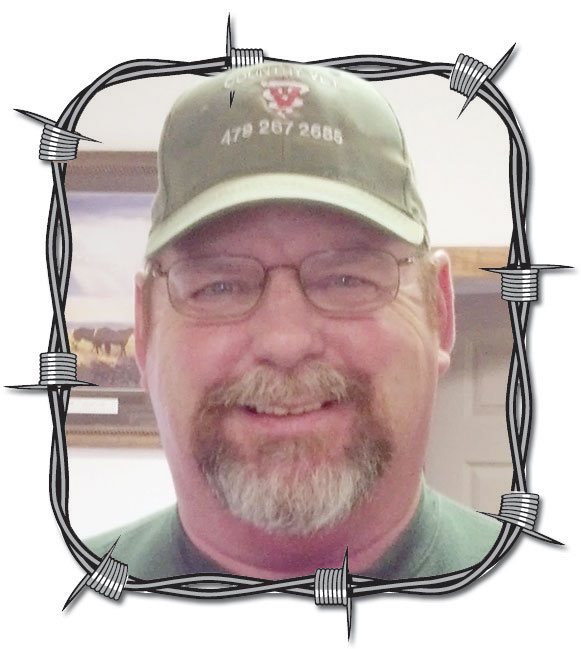Summer is starting, and heat stress is here. This affects calves, cows, bulls and all animals. Momma will park a calf in the sun and leave it while she goes off and grazes grass. The calf lays there and gets hot. Later in the day, the momma comes back and moves the calf. Well, now the calf is not only hot, but starving for milk. Momma’s bag is also very tight with milk. So, the calf fills up with milk and overeats. Later that day or the following day, the calf gets white scours.
These are milk scours, which are just from overeating or getting too much milk at once. Yes, they can and have killed calves. The calf can, and will, get dehydrated and weak; eventually going down and not getting up. Most of the time, antibiotics are not needed to treat this condition.
The best treatment is usually a dose of Banamine (usually, I like the pour on best). Also, treat dehydration with fluids, such as using an esophageal feeder and tubing electrolytes down the calf. I also use a high-powered probiotic paste. Usually, I double the dose of the probiotic paste the first day and then treat for two more days in a row. I have had many clients tell me they couldn’t catch the calf on the third day, so they didn’t worry about it.
To avoid getting cows hot, move them and/or work them early in the morning or very late at night. As you get cows hot, due to the thickness of their body, they will continue to raise their temperature until very late in the night. Normally, it will not drop back to normal until about 4 to 6 a.m. This is a very long time from about 1 to 4 p.m.
This is what will kill a lot of cows with heatstroke. Also, being black will not help. Black absorbs heat, and it is not given off for a very long time. White or lighter colors reflect the heat.
Treatment would be using a dose of Banamine and getting them wet while in the shade. With a breeze or fan put on them to evaporate, the water will cool them the most. Adult cattle cool off the most with evaporative cooling. So, as they dry, we need to get them wet again. This will probably take many times and quite a little bit of time. You can take their rectal temp and watch their temp come down. I have seen cattle with temps above 112 degrees. And on necropsy, I couldn’t handle the internal organs; they were so hot. Essentially, these animals were cooked from the inside and then couldn’t get enough oxygen.

Dr. Tim E. O’Neill, DVM, owns Country Veterinary Service in Farmington, Ark. To contact Tim go to ozarksfn.com and click on ‘Contact Us.‘





